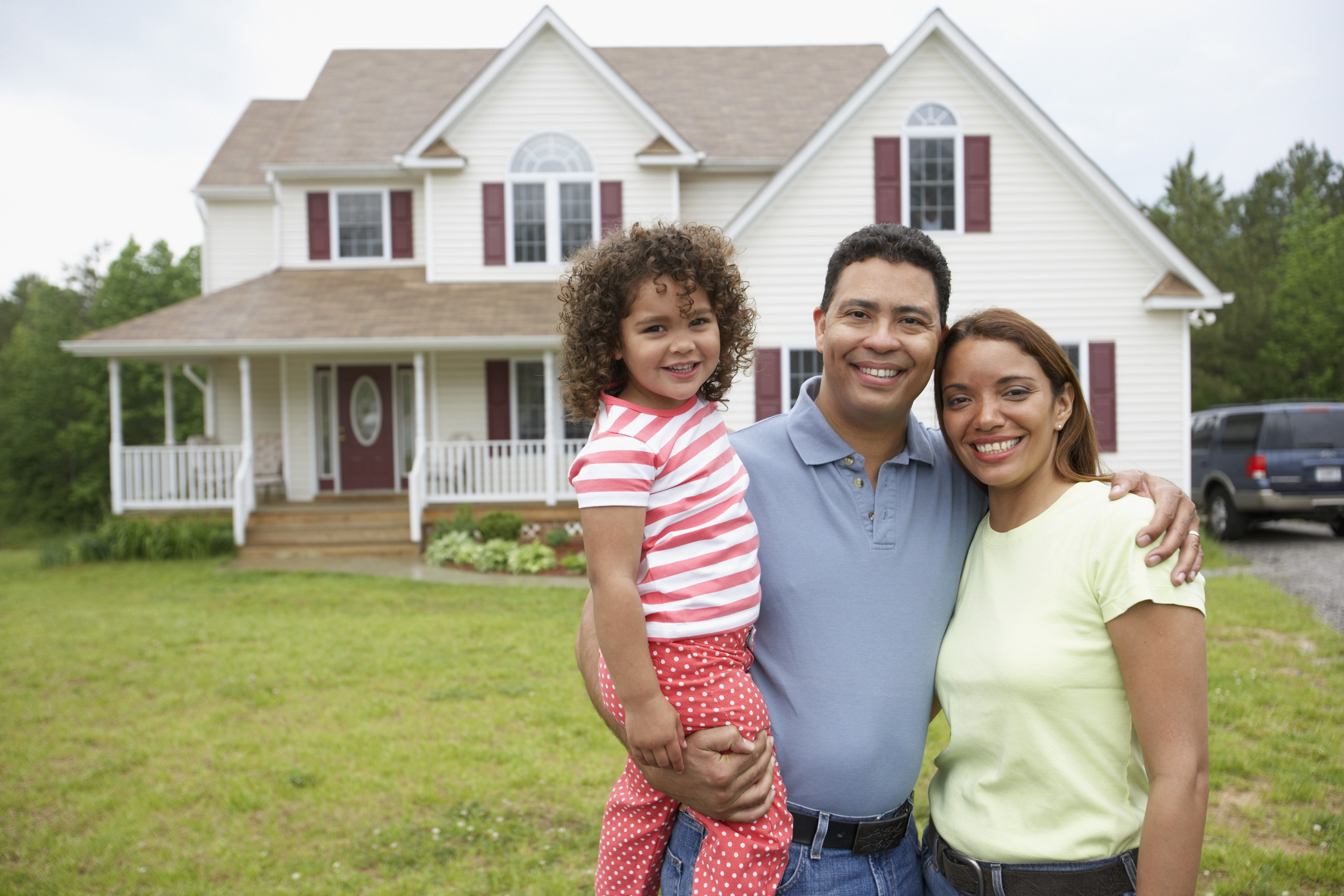Are You Middle Class?
The share of Americans in the middle class has been dwindling for decades. Here's how to tell if you're part of the shrinking middle class.


The share of Americans considered to be middle class is now the smallest it has been in five decades, having steadily contracted since the 1970s. The share of adults who live in middle-class households fell from 61% in 1971 to 50% in 2021, according to the Pew Research Center. Are you part of the “shrinking” middle class? You can use the updated calculator from Pew Research Center to find out.
In 2022, 52% of adults lived in middle-income households, 28% were in lower-income households and 19% were in upper-income households. But this varies widely between cities. For example, 42% of adults in San Jose-Sunnyvale-Santa Clara, California, are considered middle class, compared to 66% in Olympia-Lacey-Tumwater, Washington.
Here’s how to determine whether you're considered middle class and how you compare to the rest of the population.
From just $107.88 $24.99 for Kiplinger Personal Finance
Become a smarter, better informed investor. Subscribe from just $107.88 $24.99, plus get up to 4 Special Issues

Sign up for Kiplinger’s Free Newsletters
Profit and prosper with the best of expert advice on investing, taxes, retirement, personal finance and more - straight to your e-mail.
Profit and prosper with the best of expert advice - straight to your e-mail.
Who is considered to be middle class?
To determine whether or not you’re considered middle class, the calculator from Pew Research Center uses your size-adjusted household income and the cost of living in your area to determine your income tier. Middle-class definitions can vary, but for this calculator, the middle class is defined as households with an income that is two-thirds to double the U.S. median household income.
To use the calculator, you’ll be asked to fill in where you live (including the state and metropolitan area), your total household income before taxes and the number of people in your household. This enables you to see the share of adults in each income tier in your area and the U.S., including which income tier you fall in.
Here's a look at the income calculator, which you can access here.

You’ll also be able to compare yourself to adults similar to you in education, age, race, ethnicity and marital status, if that’s of interest to you.
The calculator takes your household income and adjusts it for the size of your household, which is revised upward for households that are below-average in size and downward for those of above-average size, so each household’s income is made equivalent to the income of a three-person household.
For 2022, middle-class incomes ranged from about $56,600 to $169,800, lower-income households had incomes less than $56,600 and upper-income households had incomes greater than $169,800.
The shrinking middle class
As the share of middle-class households declined, the share of lower- and upper-income households increased. From 1971 to 2023, the share of Americans who lived in lower-income households increased from 27% to 30%, and the share who lived in upper-income households increased from 11% to 19%.
And while household incomes have risen across all income tiers since 1970, the gains for middle- and lower-income households are smaller than gains for upper-income households, creating a larger gap between upper-income households and other households.
The median income of middle-class households increased by 60% between 1970 and 2022, while the median income of upper-income households increased by 78%. The median income of lower-income households grew by only 55%.
Related Content
Profit and prosper with the best of Kiplinger's advice on investing, taxes, retirement, personal finance and much more. Delivered daily. Enter your email in the box and click Sign Me Up.

Erin pairs personal experience with research and is passionate about sharing personal finance advice with others. Previously, she was a freelancer focusing on the credit card side of finance, but has branched out since then to cover other aspects of personal finance. Erin is well-versed in traditional media with reporting, interviewing and research, as well as using graphic design and video and audio storytelling to share with her readers.
-
 Nasdaq Leads as Tech Stages Late-Week Comeback: Stock Market Today
Nasdaq Leads as Tech Stages Late-Week Comeback: Stock Market TodayOracle stock boosted the tech sector on Friday after the company became co-owner of TikTok's U.S. operations.
-
 Disney’s Risky Acceptance of AI Videos
Disney’s Risky Acceptance of AI VideosThe Kiplinger Letter Disney will let fans run wild with AI-generated videos of its top characters. The move highlights the uneasy partnership between AI companies and Hollywood.
-
 Ask the Editor: Itemized Deductions
Ask the Editor: Itemized DeductionsAsk the Editor In this week's Ask the Editor Q&A, Joy Taylor answers questions on itemized deductions claimed on Schedule A of Form 1040
-
 9 Types of Insurance You Probably Don't Need
9 Types of Insurance You Probably Don't NeedFinancial Planning If you're paying for these types of insurance, you may be wasting your money. Here's what you need to know.
-
 I'm an Insurance Pro: It's Time to Prepare for Natural Disasters Like They Could Happen to You
I'm an Insurance Pro: It's Time to Prepare for Natural Disasters Like They Could Happen to YouYou can no longer have the mindset that "that won't happen here." Because it absolutely could. As we head into 2026, consider making a disaster plan.
-
 The Future of Philanthropy Is Female: How Women Will Lead a New Era in Charitable Giving
The Future of Philanthropy Is Female: How Women Will Lead a New Era in Charitable GivingWomen will soon be in charge of trillions in charitable capital, through divorce, inheritance and their own investments. Here's how to use your share for good.
-
 The Retirement Donor's Checklist: Key Deadlines by Gift Type
The Retirement Donor's Checklist: Key Deadlines by Gift TypeRetirees have some charitable contribution options that can help avoid spikes in income from RMDS and capital gains.
-
 The November CPI Report Is Out. Here's What It Means for Rising Prices
The November CPI Report Is Out. Here's What It Means for Rising PricesThe November CPI report came in lighter than expected, but the delayed data give an incomplete picture of inflation, say economists.
-
 Online Banks Still Lead on Rates, But Is Switching Worth it Now?
Online Banks Still Lead on Rates, But Is Switching Worth it Now?As interest rates trend down, online banks keep an edge on yields, but service, access and flexibility still matter. Here’s how the trade-offs stack up.
-
 I'm 73, Retired, and Dreading Winter, But I Can't Afford to Be a Snowbird. Help!
I'm 73, Retired, and Dreading Winter, But I Can't Afford to Be a Snowbird. Help!How can a snowbird wannabe warm up without the expense? We asked professional wealth planners for advice.
-
 5 Smart Things to Do With Your Year-End Bonus, From a Financial Professional
5 Smart Things to Do With Your Year-End Bonus, From a Financial ProfessionalAfter you indulge your urge to splurge on a treat, consider doing adult things with the extra cash, like paying down debt, but also setting up a "fun fund."